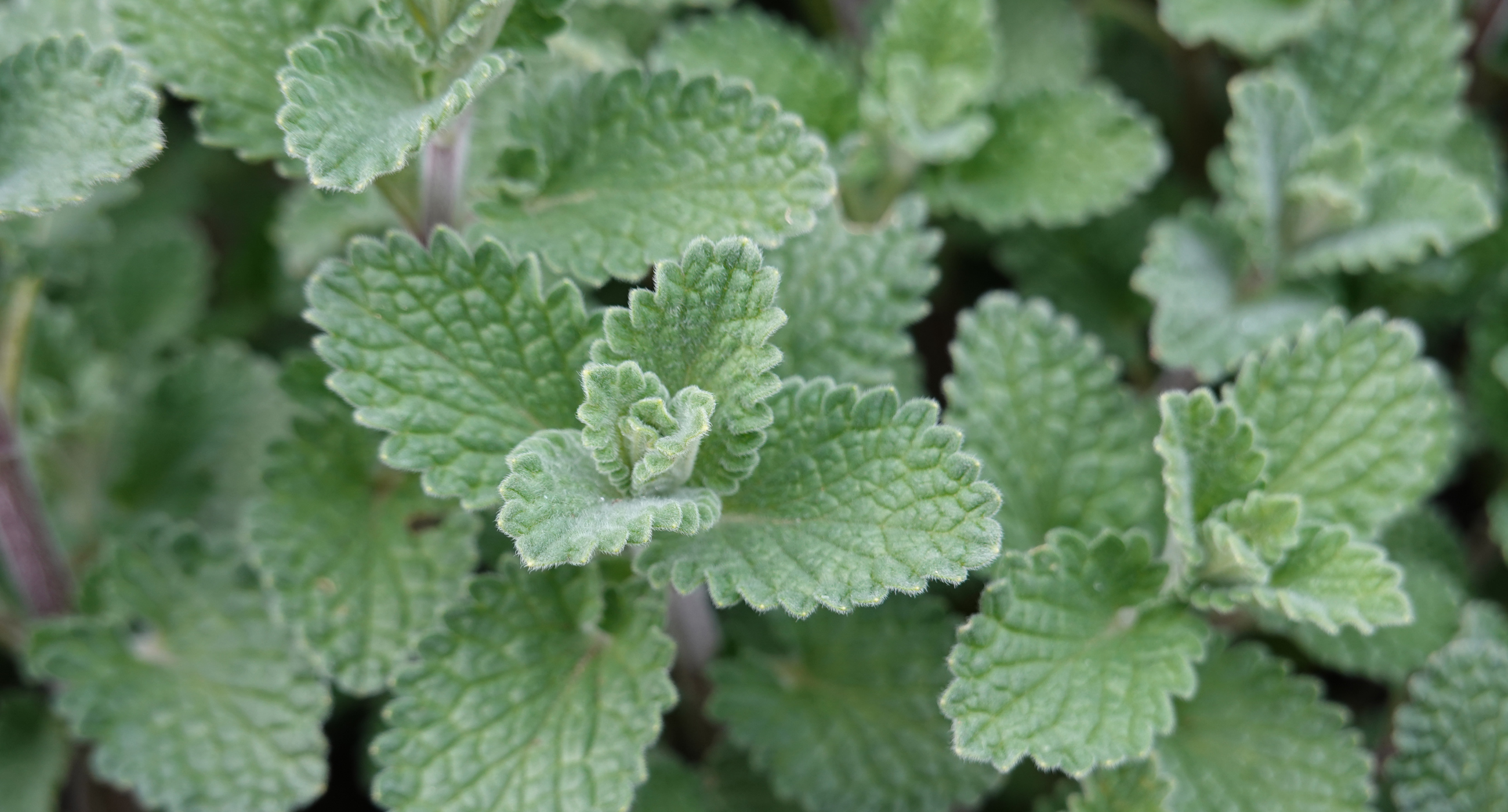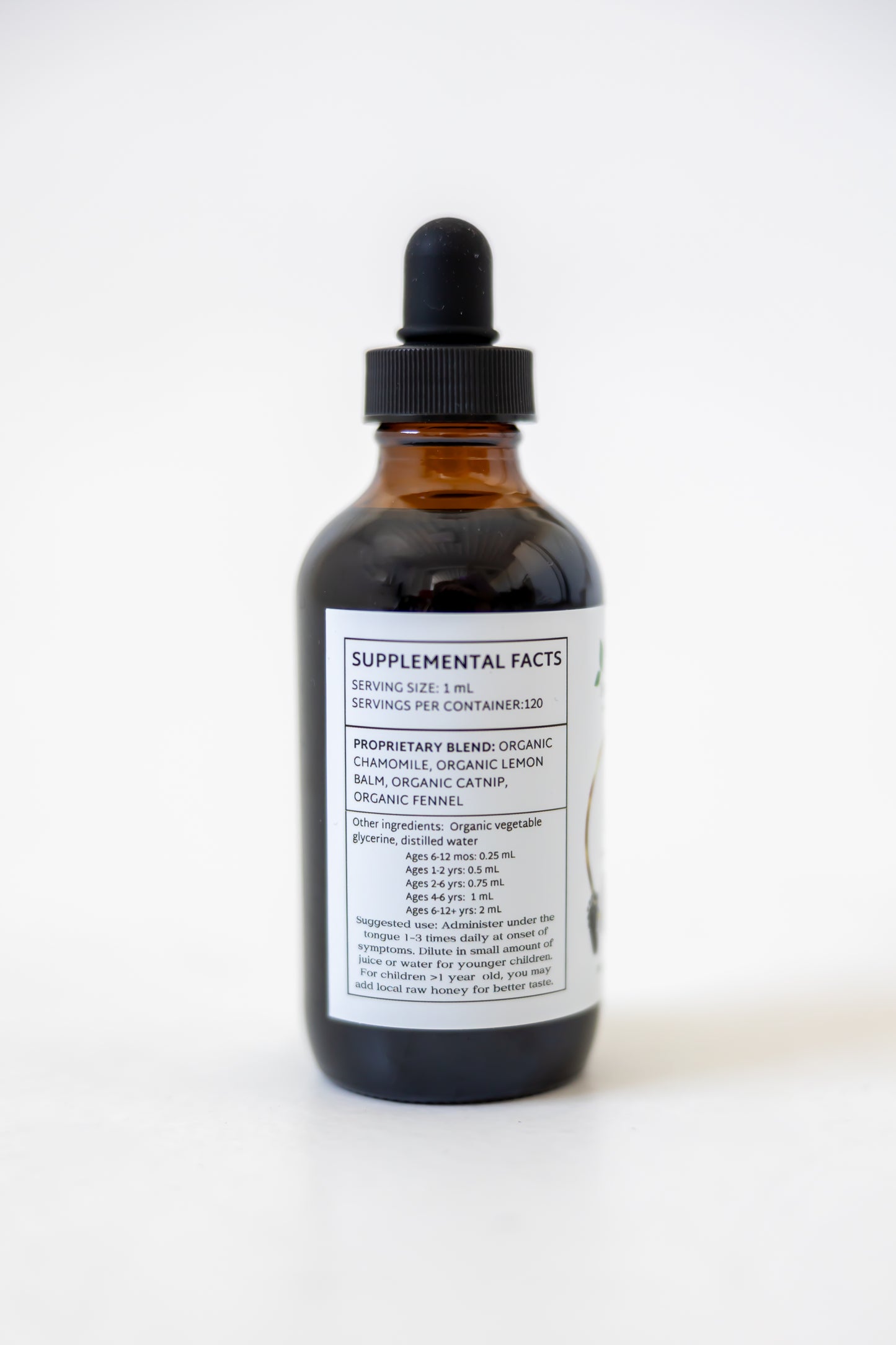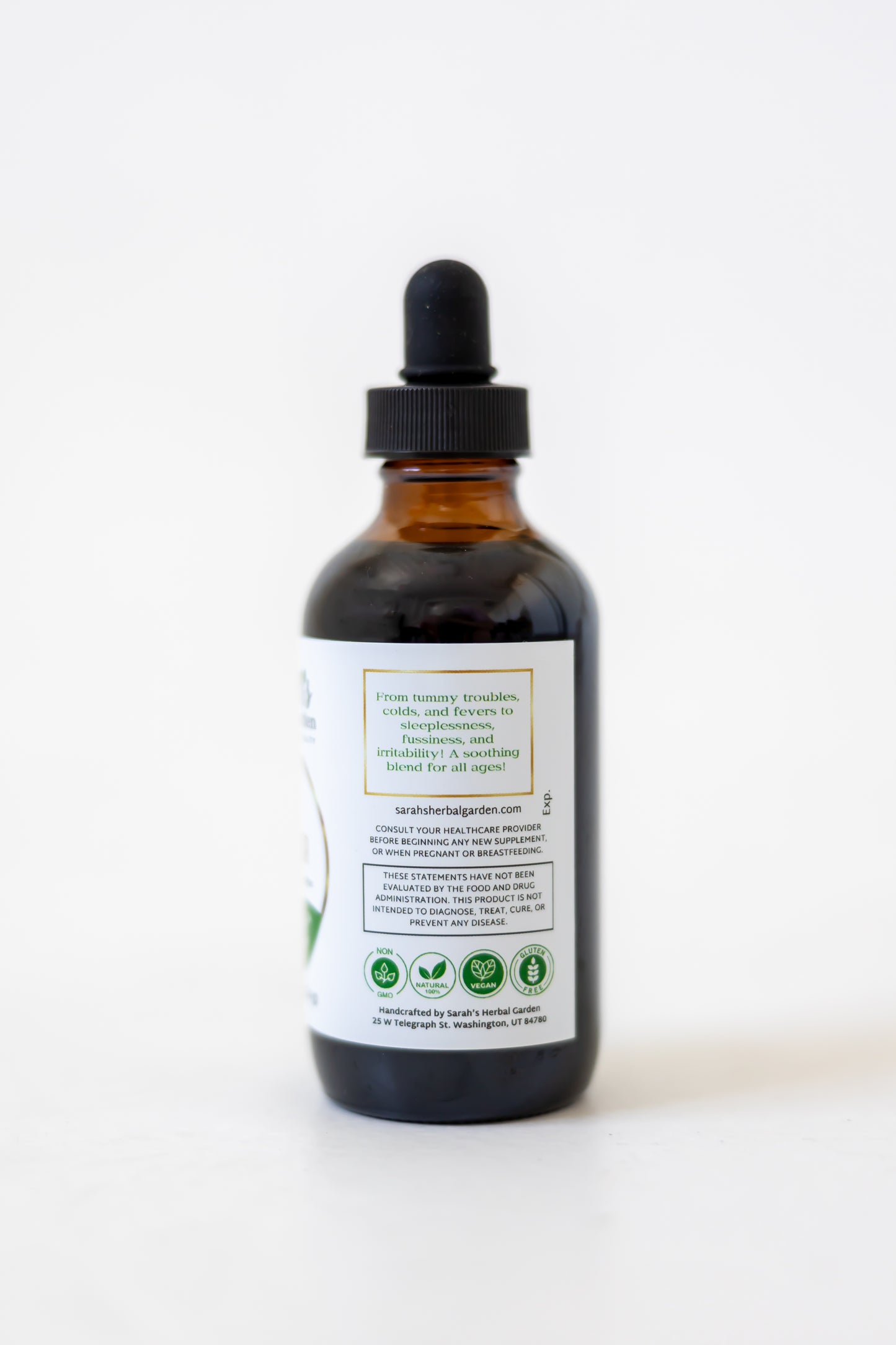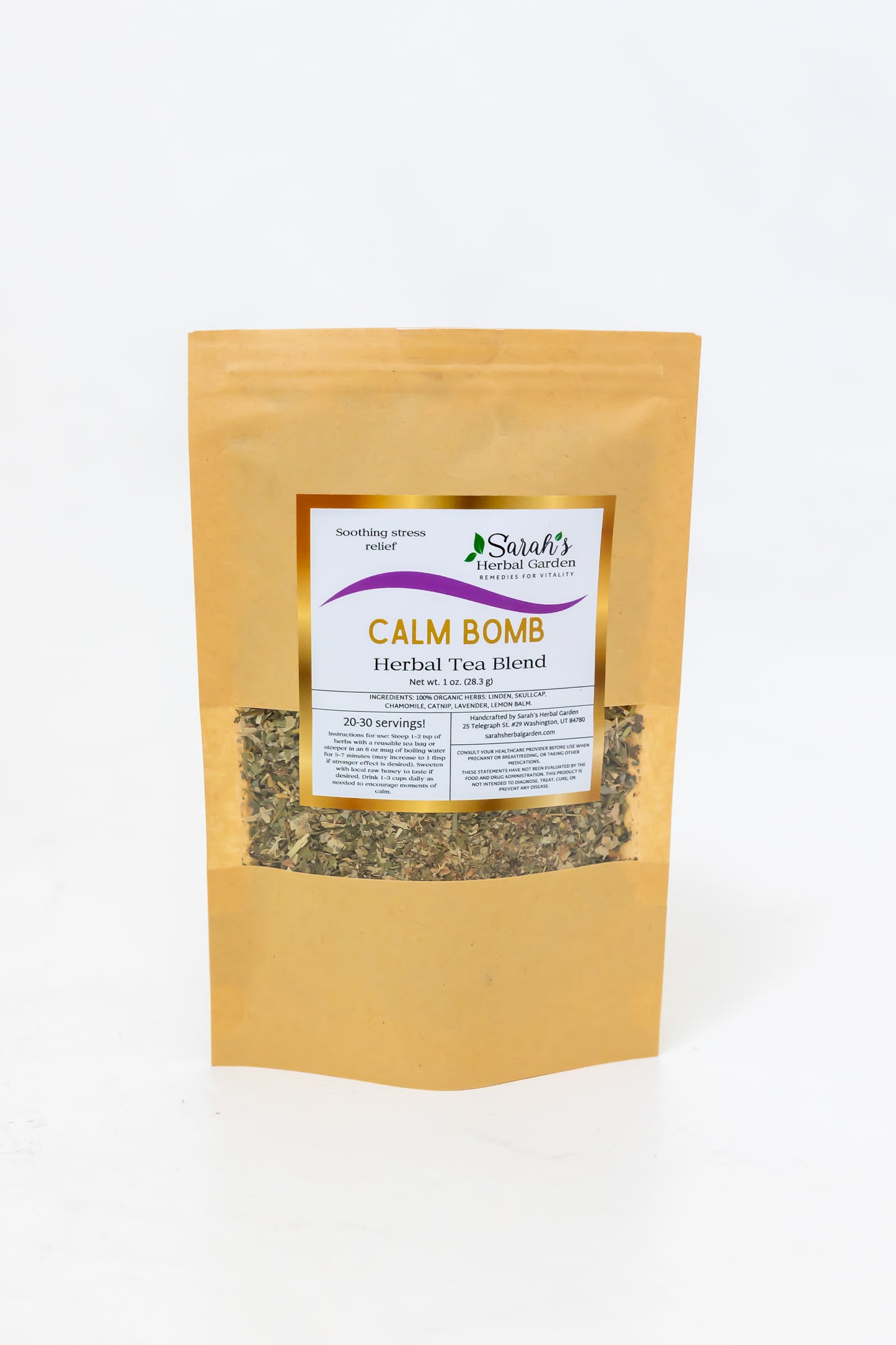
Catnip
Scientific Name: Nepeta cataria
Herbal Profile: Catnip (Nepeta cataria)
Common Names
- Catnip
- Catmint
- Catswort
- Field Balm
Botanical Classification
- Family: Lamiaceae (Mint family)
- Genus: Nepeta
- Species: Nepeta cataria
Description
Catnip is a perennial herb that is native to Europe and Asia but has become widespread in North America. It has a square stem, heart-shaped leaves with serrated edges, and small, tubular flowers that can be white, blue, pink, or lavender.
Active Constituents
- Nepetalactone: The primary chemical compound that affects cats, causing a temporary euphoria.
- Tannins: Known for their astringent properties.
- Flavonoids: Contributing to the herb's antioxidant activity.
- Essential Oils: Including citronellol, limonene, and geraniol, which have various therapeutic effects.
Traditional Uses
- For Humans:
- Large doses can cause headaches, vomiting, or an upset stomach.
- Pregnant and breastfeeding women should avoid catnip due to its uterine-stimulating effects.
- For Cats:
- Safe and non-addictive, with no known harmful effects.
- Overexposure can lead to a temporary decrease in responsiveness to the herb.
Preparation Methods
- Tea: Dried catnip leaves and flowers are steeped in hot water to make a calming tea.
- Tincture: Alcohol-based extract of catnip used for its sedative and digestive properties.
- Infusion: Catnip can be infused in oil for topical applications.
- Dried Herb: Often included in cat toys or sprinkled on surfaces to stimulate cats.
Dosage
- Tea: 1-2 teaspoons of dried catnip in 1 cup of boiling water, steeped for 10-15 minutes.
- Tincture: 1-2 ml, up to three times a day.
- Topical Application: As needed, using infused oil or a poultice.
Safety and Precautions
- For Humans:
- For Cats:
Cultivation
- Growing Conditions: Prefers well-drained soil and full sun to partial shade.
- Propagation: Easily grown from seeds, cuttings, or root division.
- Care: Requires minimal maintenance once established, with occasional watering during dry periods.
Harvesting
- Timing: Best harvested in the late spring or early summer when the plant is in full bloom.
- Method: Cut the stems and leaves, then dry them in a well-ventilated area away from direct sunlight.
Interesting Facts
- Catnip's effects on cats are due to nepetalactone, which binds to olfactory receptors.
- Not all cats are affected by catnip; sensitivity is hereditary and affects about 50-75% of cats.
- Catnip can also repel certain insects, including mosquitoes and cockroaches.
This profile provides a comprehensive overview of catnip, covering its uses, preparation methods, and safety considerations for both humans and cats.
1
/
of
3
Sarah's Herbal Garden
Feel Better {General Wellness Support for Babies and Children}
Regular price
$40.00 USD
Regular price
Sale price
$40.00 USD
Unit price
/
per
Shipping calculated at checkout.
Share



1
/
of
2
Sarah's Herbal Garden
Calming Herbal Tea Blend
Regular price
$12.00 USD
Regular price
Sale price
$12.00 USD
Unit price
/
per
Shipping calculated at checkout.
Share



